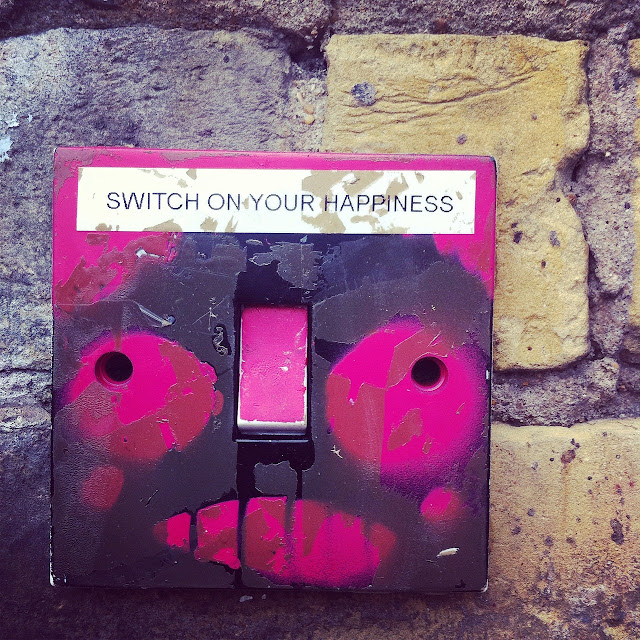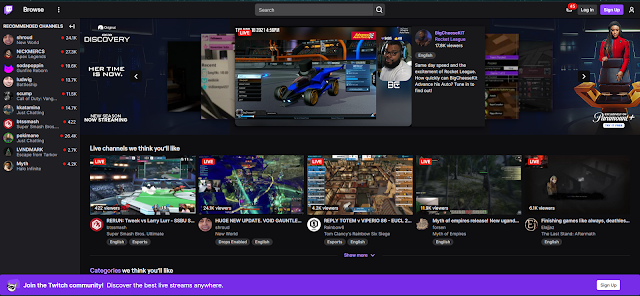Week 10: Light Switch Vs Smart Light
Welcome to another round of UX Design Roundup, where we will be shedding some light on light controls. Since the invention of the light bulb, we have used essentially the same device to control them: The light switch. We have recently seen the emergence of the smart home and its family of smart lights that can respond to our phones and voices instead of using a manual switch. Can the smart light beat the trend of the older technology being more pleasant to use, or will it get flipped by the competition? If you're wondering what happened to week 1, it was performing "percussive maintenance" on a power junction during a thunderstorm the other day. Once the doctors are done with it, I'll let you know.
Light Switch
This thing is about as basic as an interface can get with an "on" and "off" setting and nothing more. Some of the more complex models have a dimming slider or a knob but are still very self-explanatory. The setup is complicated and dangerous enough to justify the cost of an electrician, but once installed rarely needs maintenance. Lastly, the failure rate of a light switch is incredibly low. All of these reinforce a favorable user experience time and time again. There isn't much room for new technology to improve matters, right?
Smart Light
Smart lights typically tie into a user's wifi network and communicate with some sort of hub on the same network. This setup doesn't usually require an electrician but might need a debugging level that will leave a sane person talking to themselves and pulling their hair out. The failure rate is moderate as several points in the process can break, making it much higher than a manual switch. There isn't even that satisfying click when the light goes off. Don't be ready to call this match just yet, though.
How many times have you made yourself a snack, sat down on the couch, pressed play on your favorite show, and settled into that supremely comfortable spot that will never be found again, only to remember you left the light on in the kitchen? I'm guessing that number is unacceptably high. A smart light can be turned on or off from wherever you are without the need for you to move. A manual switch also cannot tell you if you left the light on from the office or not. That amount of convenience and peace of mind more than makes up for the little things, and a manual switch just can't compete.
Conclusion
While a smart light might be annoying sometimes, it can fit into our lives much better than a manual light switch can. When you consider the ability to change color (as well as intensity) or incorporate automation, the match isn't even close anymore. Sure, a light switch will practically never let you down, but you still have to get up to make it work. Be sure to join us next week for another exciting round of UX Design Roundup!




Comments
Post a Comment